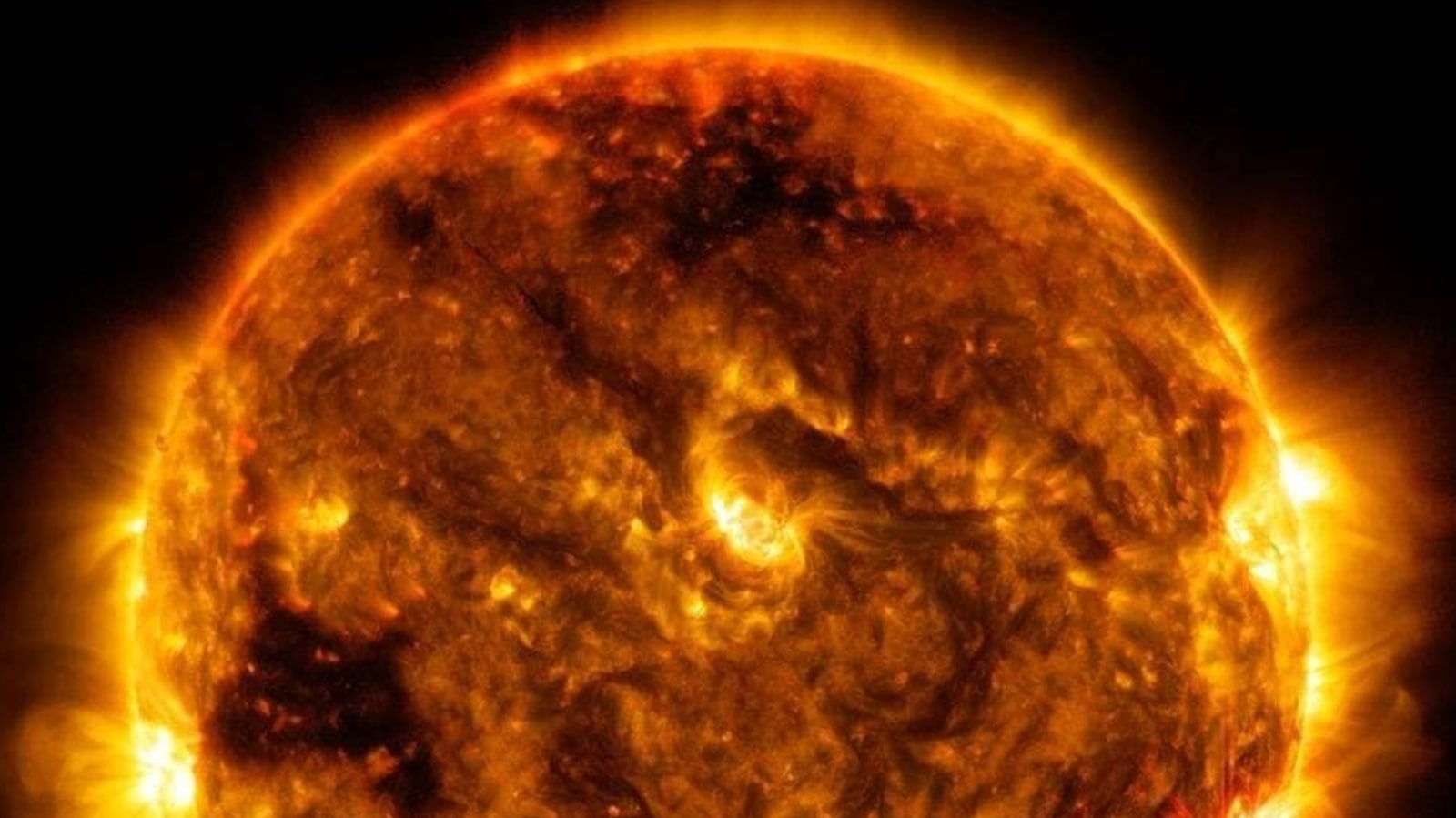Sun blast! Multiple solar storms hit Earth; Bigger ones coming, says NASA
In the last week, Earth has been struck by multiple solar storms set off by the Sun. Why has the frequency and intensity of solar activity increased suddenly? And will it continue to increase? Find out.
In the previous week, US agencies NASA and the National Oceanic and Atmospheric Administration (NOAA) have warned against solar storm strikes on Earth almost every day of the week. This was not just a one-week affair either. Solar storms or geomagnetic storms have become a common affair for the last two months. In February, SpaceX lost 40 Starlink satellites due to a strong solar storm. In the month of April, we have witnessed at least 3 separate incidents where solar activity led to radio blackouts in different regions. Not only is the development concerning, there is a bigger question at play here – will the wrath of the Sun get worse in future? Read on to find out.
Solar cycle 25: Window to the solar storms
Solar cycles explain a lot about the ongoing intense solar activity. A solar cycle or solar magnetic activity cycle is an 11-year period where the Sun’s activity measured in terms of variations in the number of observed sunspots on the solar surface. The 11-year period marks two extreme points called solar maximum and solar minimum, the point of highest activity and lowest activity respectively.
We are currently in the solar cycle 25, which began in December 2019. According to various models and predictions by scientists, this cycle will enter the peak of solar maximum in April 2024. Solar maximum is when the Sun has the highest number of sunspots (active areas of solar flares). These sunspots is what sends these vicious solar storms towards the Earth. Based on current trends, it is predicted that at its peak, the Sun will have around 125 active sunspots. For reference, that is more than the 115 sunspots visible at the peak of cycle 24. If these predictions are to be trusted, then it seems things are going to get worse for Earth this time around.
What does it mean for the Earth
As we approach closer to April 2024, the intensity and frequency of solar activity is expected to increase. While it cannot be stated with certainty, by the time we enter 2024, X-class solar flares might become a regular affair and even the fearsome G5 class solar storms would not be out of the question. However, there is one possibility of avoiding the intense solar affair. The sunspots appear everywhere on the Sun. But, if the solar disk facing the Earth has less amount of sunspots, or less intense sunspots, the Earth may not get to feel the impact of the entire wrath of the Sun.
For all the latest Technology News Click Here

